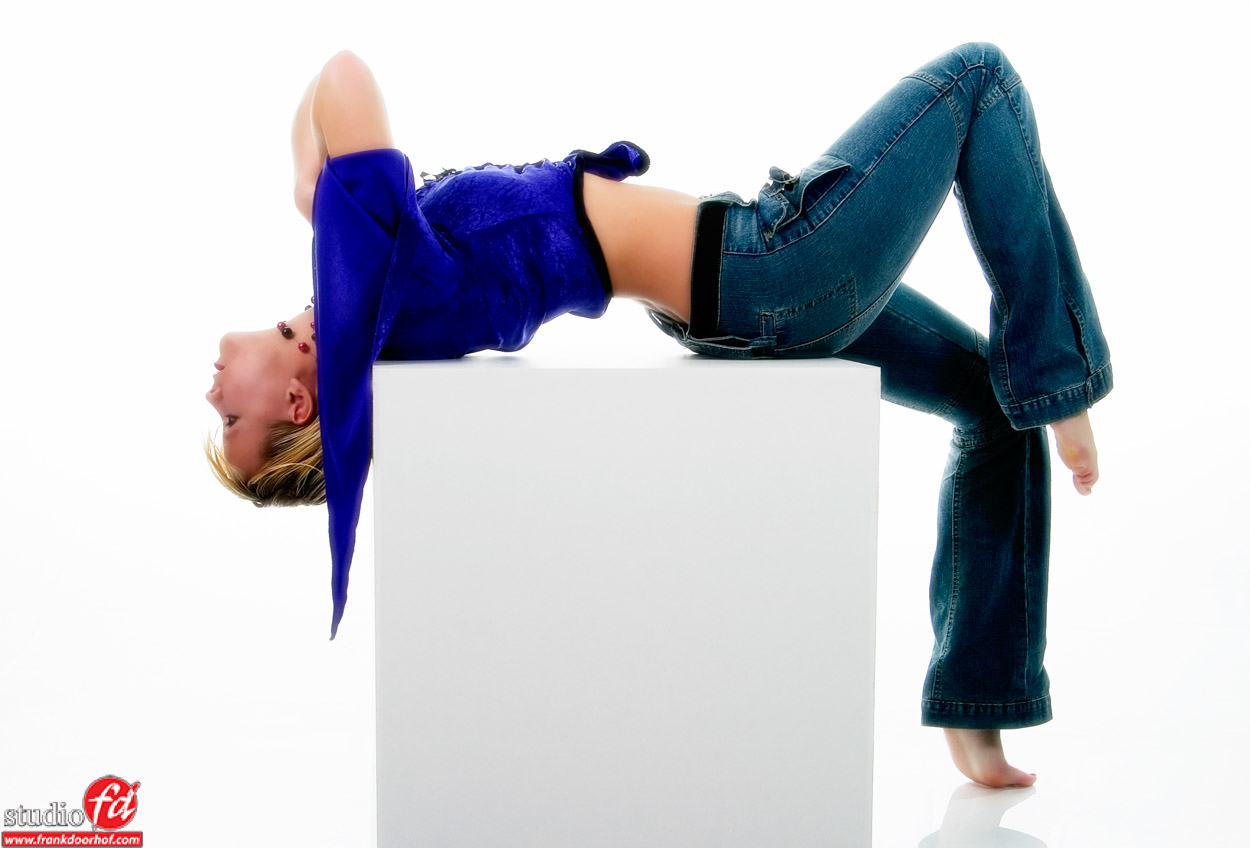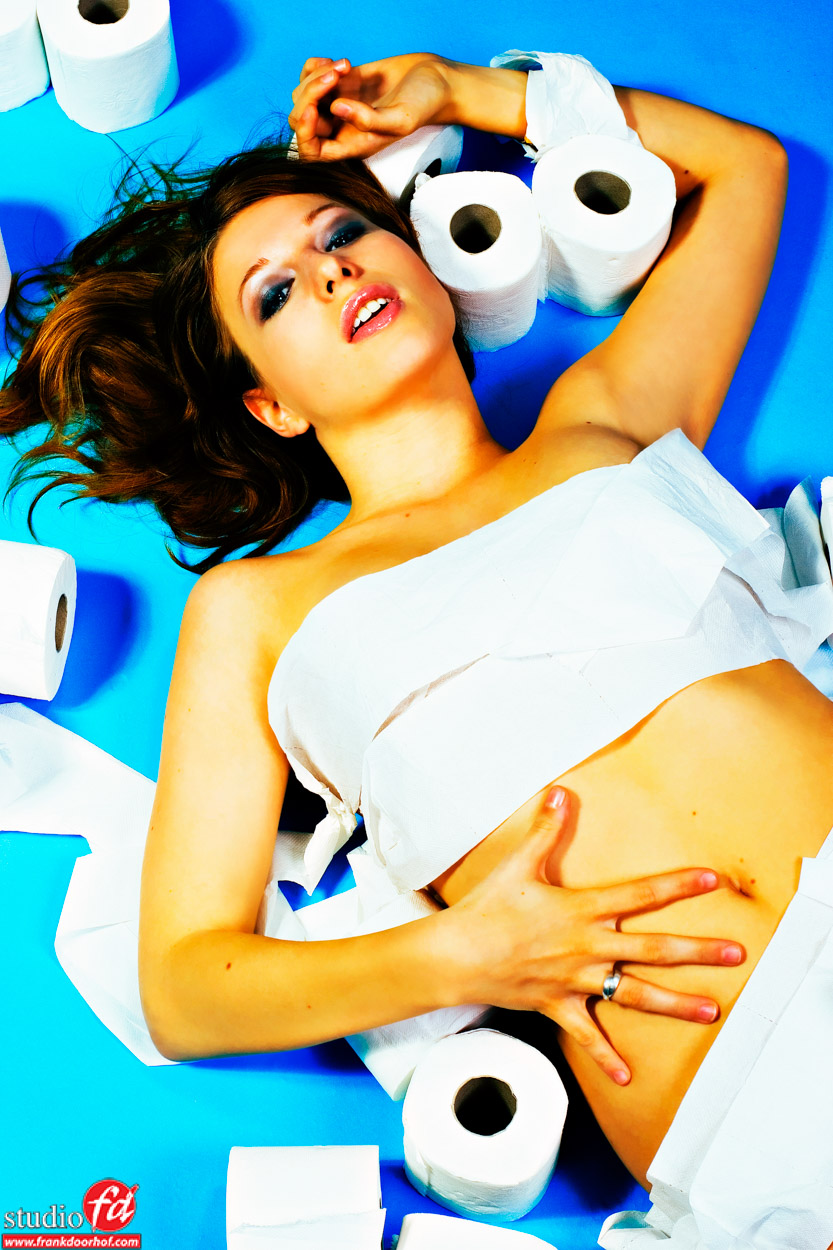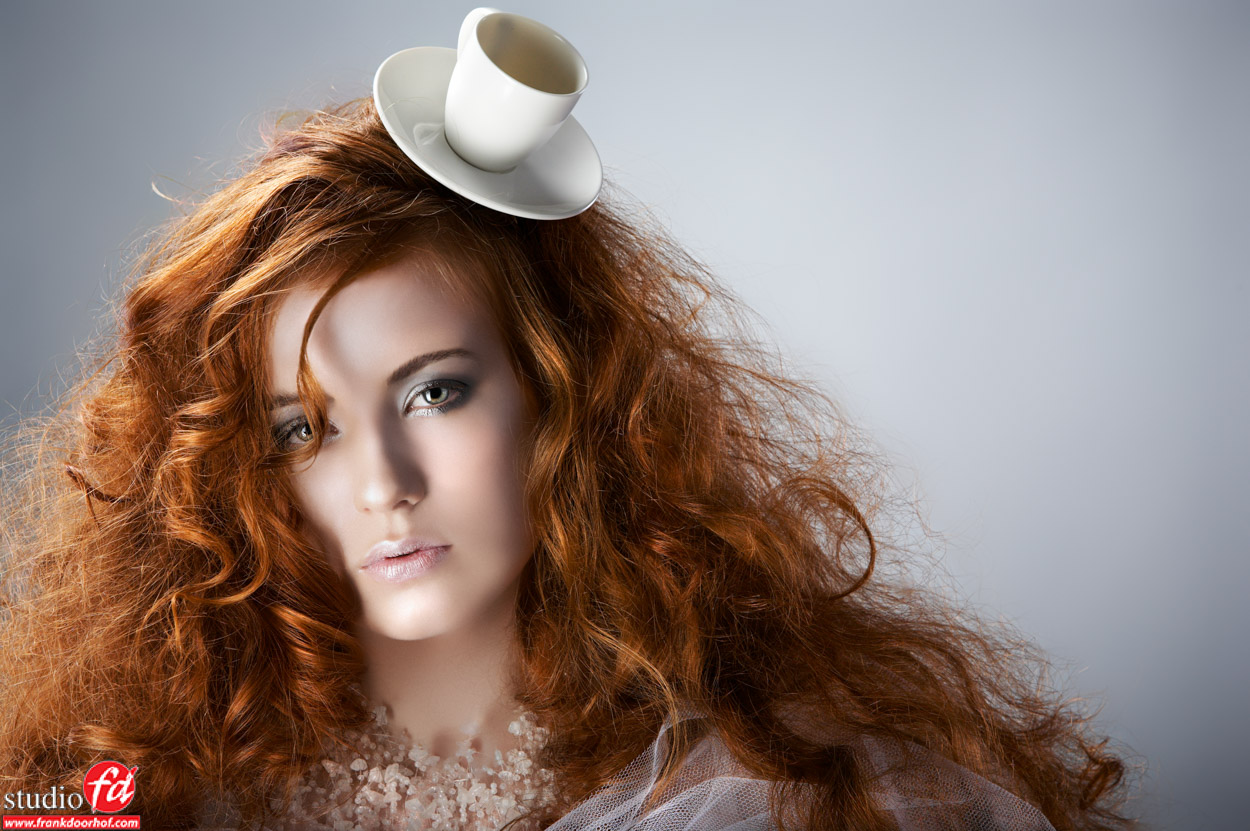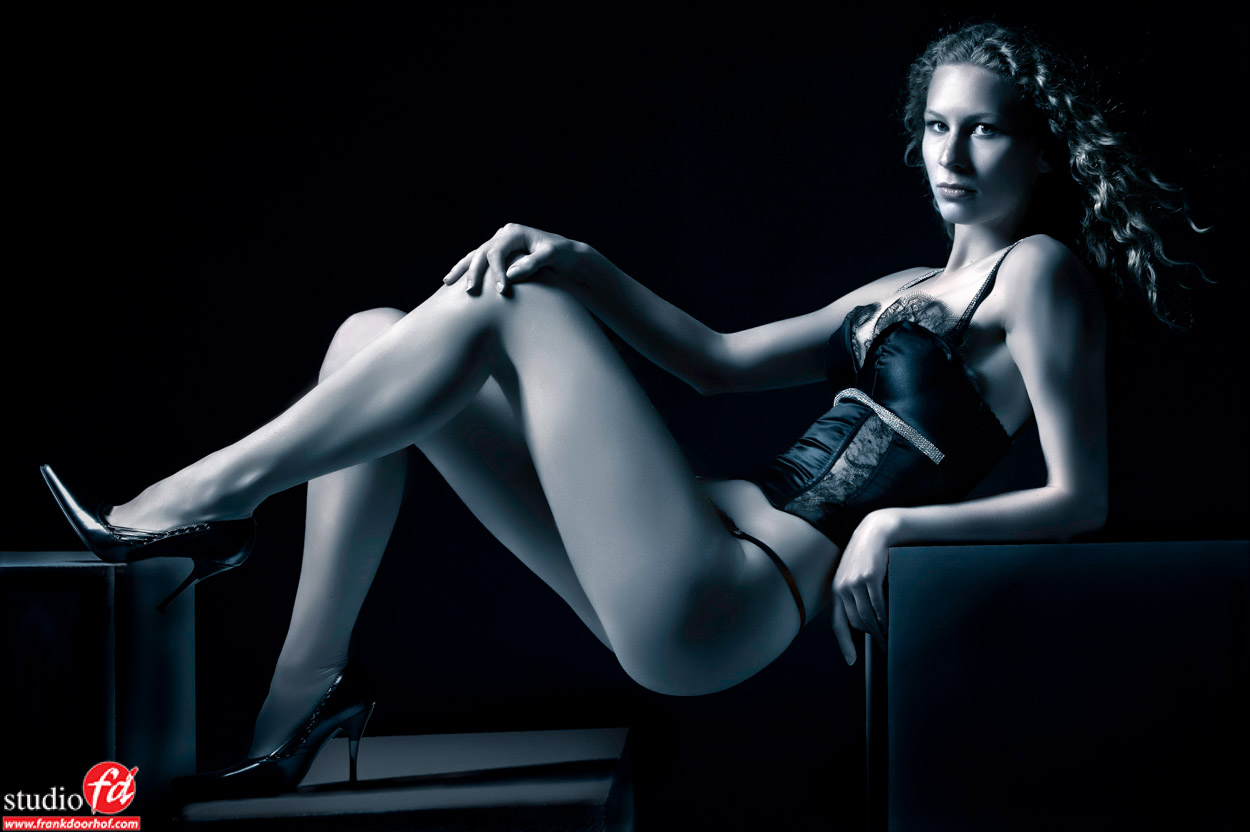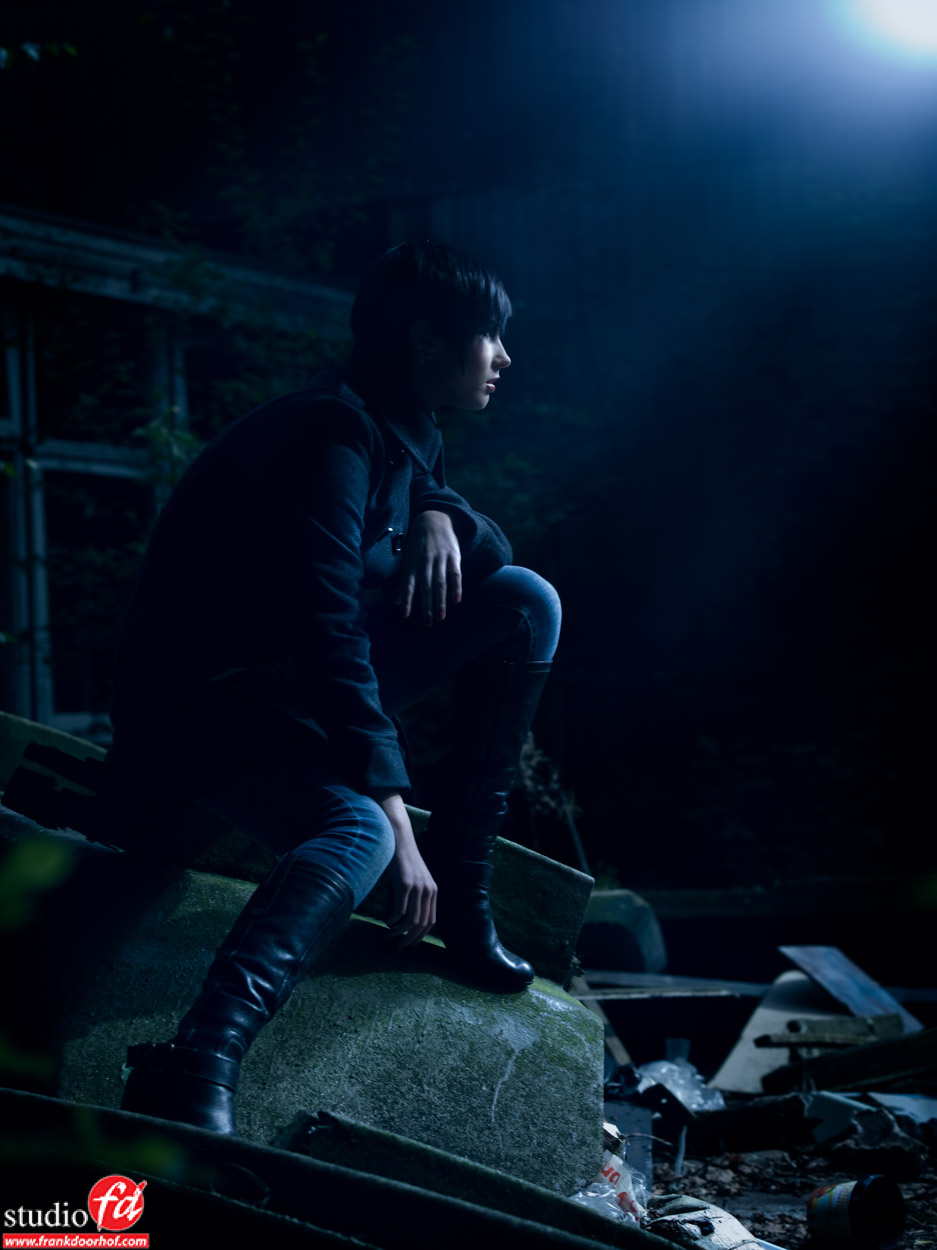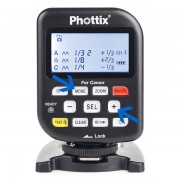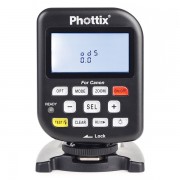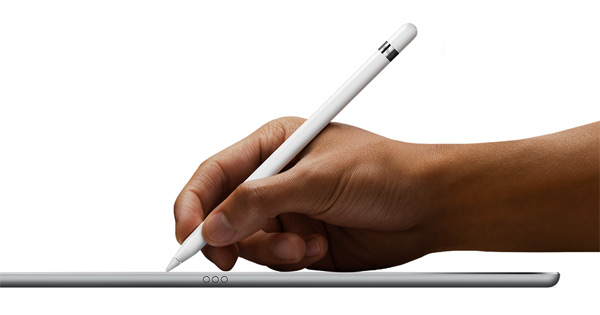From old to new but in the end it’s all about YOU
People always ask “How did you start?”
I was brought up in a family of photographers and videographers, not professionals but just very enthusiastic people. So it was no surprise I also picked up cameras (both video and photography). But model photography came very late actually, I mostly shot birds, nature and sports.
Being a member of a photo club we had to do a workshop and for different reasons I choose model photography although I never had the idea to continue with this, but I did….. so how did my first images look and what can you see repeat.
Well as many of you at first I shot a lot of flat lighting, although I have to be honest I very quickly started experimenting with more focussed light (just love that look), because I had to learn how to properly coach my models I often used little tricks to keep me motivated, this often meant different backgrounds, plexiglas on the floor, smoke (yeah I started to use that very early on), cubes, accessories etc. it was a mess of things to keep images fresh. Let’s take a look at some of those early works, this is all in the first year (2004).
This was actually my first model shoot ever. I even printed a book for myself from this session because I would never shoot something better….. Oh how wrong can you be. Just a simple setup with a small softbox and some material as background because I didn’t have a lot of other options yet and the studio was really small.
A few months later and a very good model, she knew how to pose and I tried some things with cubes (I think this is one of the first sessions I started using cubes) and as you can see some plexiglas on the floor for the reflection and to keep everything white. I just loved weird poses what can I say.
And of course I also loved black backgrounds and plexiglas and some motion.
At one point I decided it was not all about weird poses, cubes, plexiglas and yet another color on the background and I started to experiment with styling. This image was one of the first attempts we made with styling, and crazy ideas. We are now in 2005.
I always told myself that if I used something a while and I nailed a good shot with it (or a series) I would stop using it for a while, but at one point the cubes were bound for a comeback. And we did so in 2007 but as you can see at that point I also started to get a bit more heavy into complexer light setups, this was actually a 3-4 light setup and at point very tricky to setup and get it the way I wanted it to be.
2007 also was the year I needed a model for a show at Professional imaging and Nadine responded, she loved my work and wanted to work with me. As compensation I always offered the models to be paid or to get a TFP shoot, Nadine opted for the last and wanted to impress me, she didn’t want a standard image, now it had to ROCK, so we decided to use the theme ROCKCHICK. I already used some smoke so that was handy and we came up with this shot.
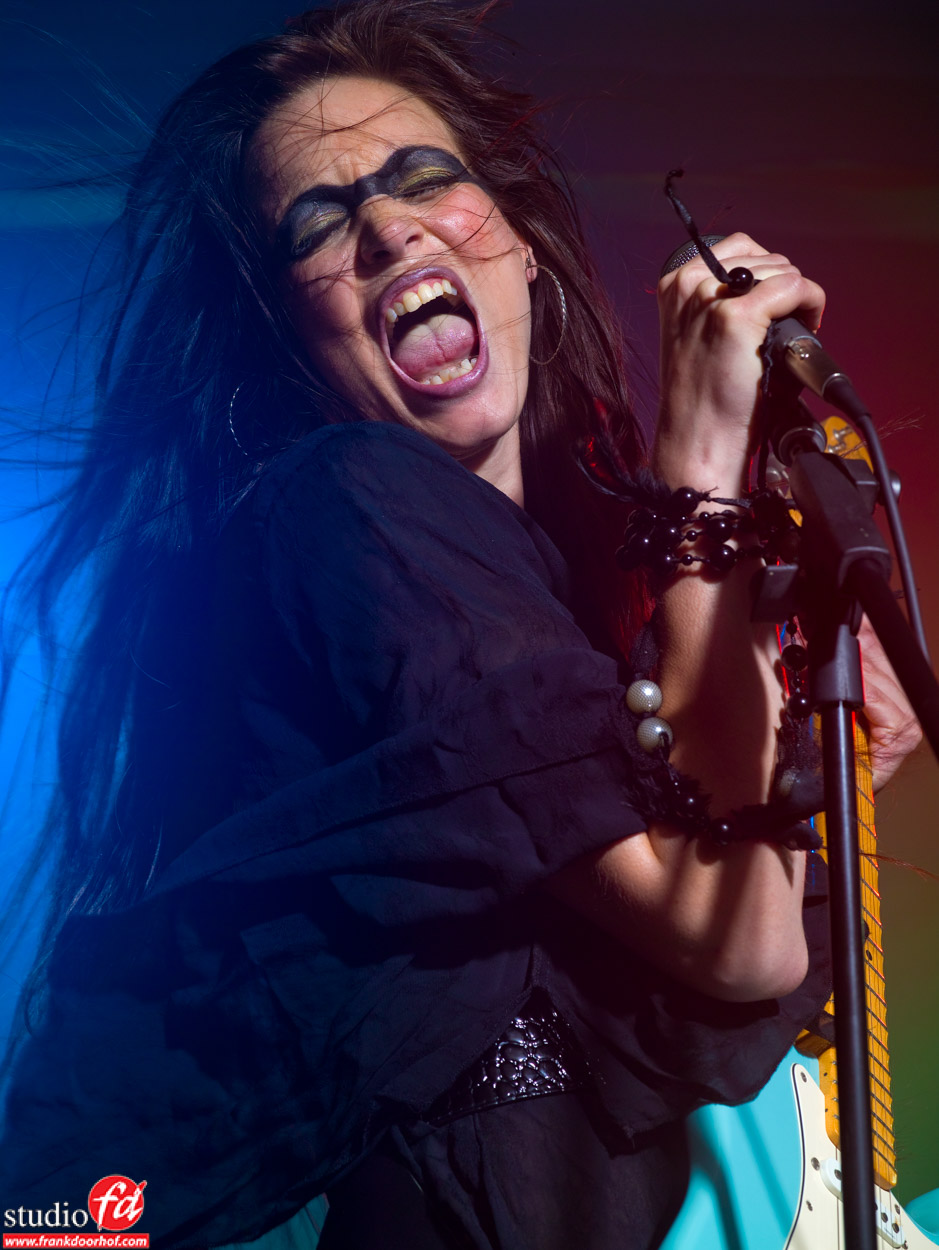 Not much later Corine decided it was time for a haircut a day before a workshop and got me all worried when she told me her choice was a bit edgy…. I don’t have to tell you I loved it.
Not much later Corine decided it was time for a haircut a day before a workshop and got me all worried when she told me her choice was a bit edgy…. I don’t have to tell you I loved it.

Now a few years later (2008 to be exact) I was venturing more and more outside the studio, for the simple reason my studio was limiting me at that point. And I started experimenting with backlighting and day to night, I think this is actually one of the first day to night shots I did with a model that visited our studio very often (Corine).
The years after this everything went pretty fast.
Nadine and some other models visited the studio a lot and we worked on some free work and the whole group grew, the workshops started to become more and more successful and Nadine once joked that “every shoot I come it will be more extreme” because I loved to play around with styling and extreme things I of course encouraged this to tell her after every shoot “We’re almost there, it was just not perfect” an inside joke that we still play for the simple reason that we promised each other that as soon as we took the perfect shot we would stop.
For modern work visit my portfolio at www.frankdoorhof.smugmug.com and you can see that some elements return and some elements are now much more different but overall I think you can recognize a lot of things.
Now how did technique help me?
Of course it’s all cameras and gear right?
Well actually for me it’s not.
When I look back I think me discovering David Lachapelle and seeing the over the top styling and story telling really changed the way I looked at photography, from that point on it was never about the model and the beautiful clothes (although important), it was about story telling, the styling (the more outrageous the better), the expression and so much more.
Of course technique did have a major impact on the quality.
Strobes like Elinchrom are very precise and stable so I loved it when I made the switch from my first set Jinbei’s to Elinchrom, I also loved the new modifiers I got to play with. On a tradeshow I shot a few images with a Hasselblad (even made a picture of me holding it because this would be a one time deal), when looking at the images back home…. well I was sold and ended up with a Mamiya/Leaf combination. This helped me with dynamic range and higher resolution images for the artists I shot at that time (they needed really big posters and the 6-8Mps were just a bit on the short side sometimes). But it also helped me with a different format, when I started shooting MF I slowly changed from shooting dominate portrait mode to almost dominant landscape mode. Also my love for movies probably helped with this, it just gives a totally different look to the images and gives the model more room.
So technique helped.. but I always strongly believe (till today) that it’s your mind that creates the images, not the gear, the gear is just a hammer or nail to hang the painting/photo. That’s also why questions like “What lens did you use”, “What aperture did you shoot on” are all actually quite irrelevant. If I tell you…. you still aren’t getting that X-factor ingredient.
The last few years the photography market has gotten very interesting, Sony is taking over like a storm with backlit sensors, insane dynamic range, great features and options to use every lens ever made, and that all helps to get better image quality and makes it easier when traveling (smaller camera). But there is more of course, every day you see new products that make my heart beat faster, think about the recent release of the iPad pro with Apple Pencil that will open up so many possibilities for creatives all around the world, I think the scenery will change, Adobe hopefully will pick this up even more and start creating more and more apps for that.But also think about cameras that are totally flat and have several lenses so you can just shoot and the camera uses different lenses to focus on different lengths (like Light and their new camera technology), this makes it possible to later change the DOF in software… all really cool and handy…. but…… it will not change one thing…. give the best gear to the worst photographer and he will make bad images, give the worst gear to a good photographer and he will create art. An iPad pro with an Apple pencil doesn’t make you an artist, people with notebooks and pen can draw better images while on the phone than I do when I concentrate on my iPad pro 😀 but that doesn’t matter….
Technology helps us to enhance our workflow, create better images, give us option to discover parts of our art we never used before, but the real artist… will always be inside YOU.
Now let’s end with a challenge, write a blog post about your progress and your opinion on how technology helped you and send me the link, the best blogs will be featured on my blog.


